Homes in the world's most inhospitable cities
Extreme locations where people actually live
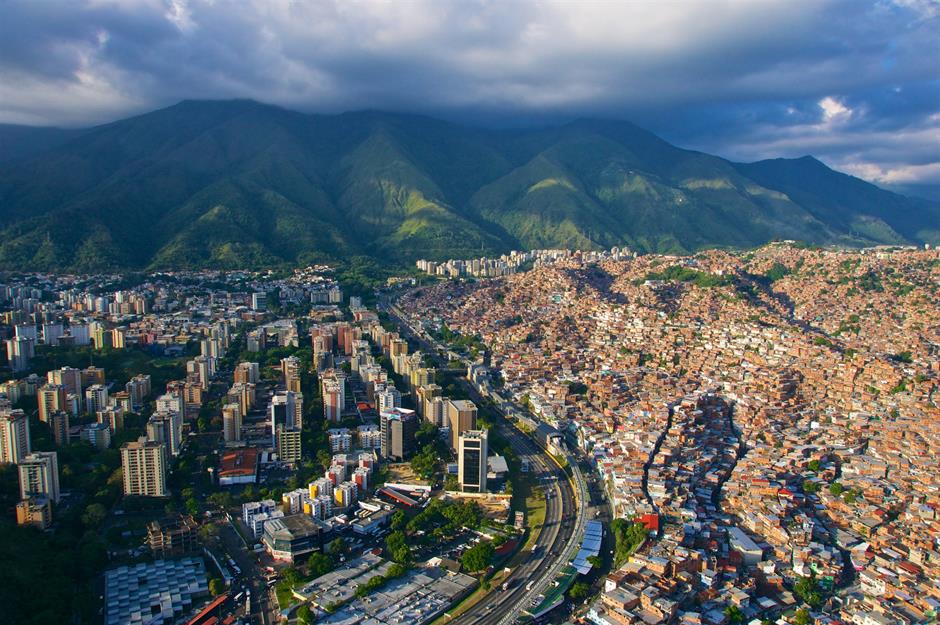
Have you ever wondered what living in some of the most extreme corners of the Earth would be like? Some people spend their entire lives in the world's harshest environments, from the coldest and most isolated settlements to earthquake epicentres, polluted cities and even criminal hotspots.
Click or scroll on to take a look at homes in extremely challenging locations and discover the measures that residents take just to survive...
Recife, Brazil

Known for its attractive beaches, historic architecture and for being a base for start-up companies, the Brazilian city of Recife, on the northeastern Atlantic coast, has also historically had one of the highest levels of income inequality in Brazil, which is considered to be a leading cause of high crime rates in the city.
Recife, Brazil
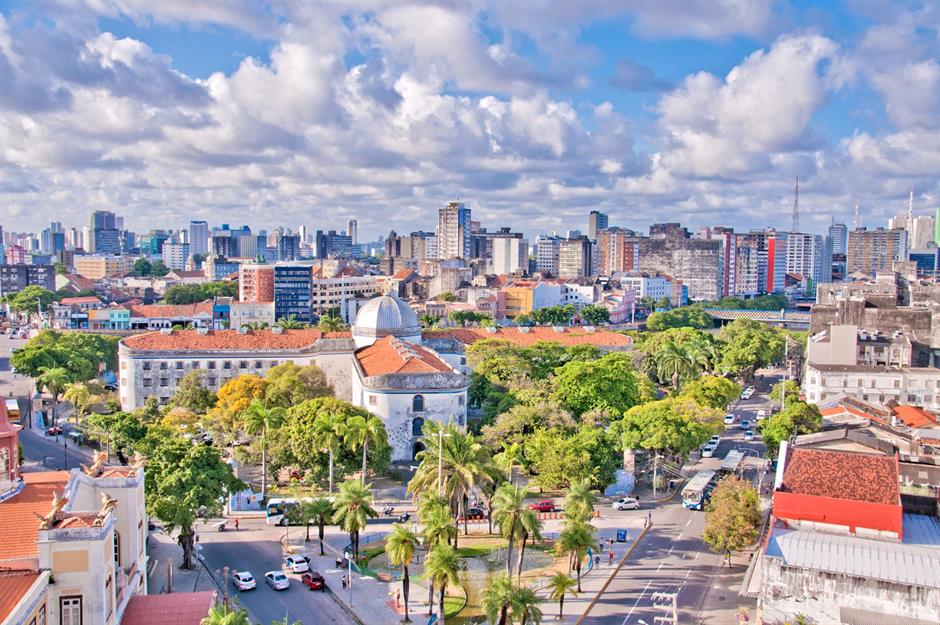
The 2024 Crime Index by Numbeo gives different cities around the world a score out of 100, based on their crime rates. Figures above 80 indicate extremely high crime levels.
In 2024, Recife was given a Crime Index rating of 75.9, making it the 11th most dangerous city in the world. International armouring corporation, Armormax, also declared the city one of the most dangerous, giving it a murder rate of 44.1 per 100,000 inhabitants.
Recife, Brazil
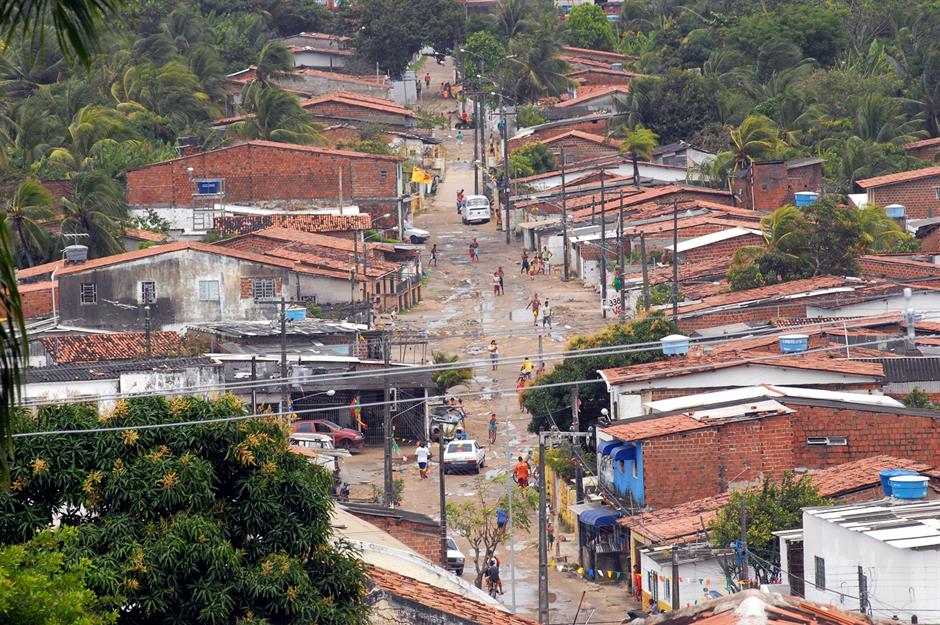
While the city's main tourist spots are generally safe during daytime hours, with tourists advised to be on guard and take precautions to keep their possessions safe, certain places should be avoided at all times.
Favelas, or slums, can be found in cities across Brazil, but those in Recife have garnered a bad reputation for everything from human trafficking to muggings, due to high levels of poverty.
For tourists, the primary risks are muggings in busy tourist areas, while venturing into Favelas is strongly discouraged, due to severe safety concerns. Levels of drug use, vandalism and violent crimes such as assault are also considered 'very high' in the city, according to the cost of living database Numbeo.
Recife, Brazil
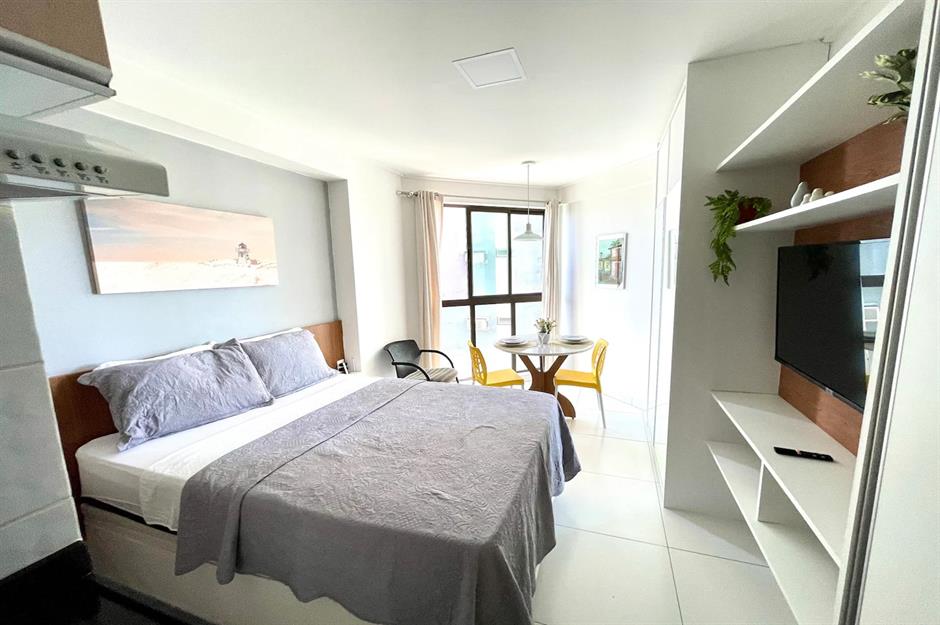
Recife's beaches, though popular during the day, should definitely be avoided after dark. Express kidnappings, where victims are held under threat and forced to withdraw money from ATMs, have become a concerning issue, too. Despite this, there are plenty of Airbnb properties, like this one, that brave tourists can rent out.
There is some positive news, though. An innovative community centre project known as COMPAZ has been set up in the city and the results have been impressive. There has reportedly been a 15% drop in violence in neighbourhoods covered by COMPAZ, within four years of the project starting.
Gurugram, Delhi, India
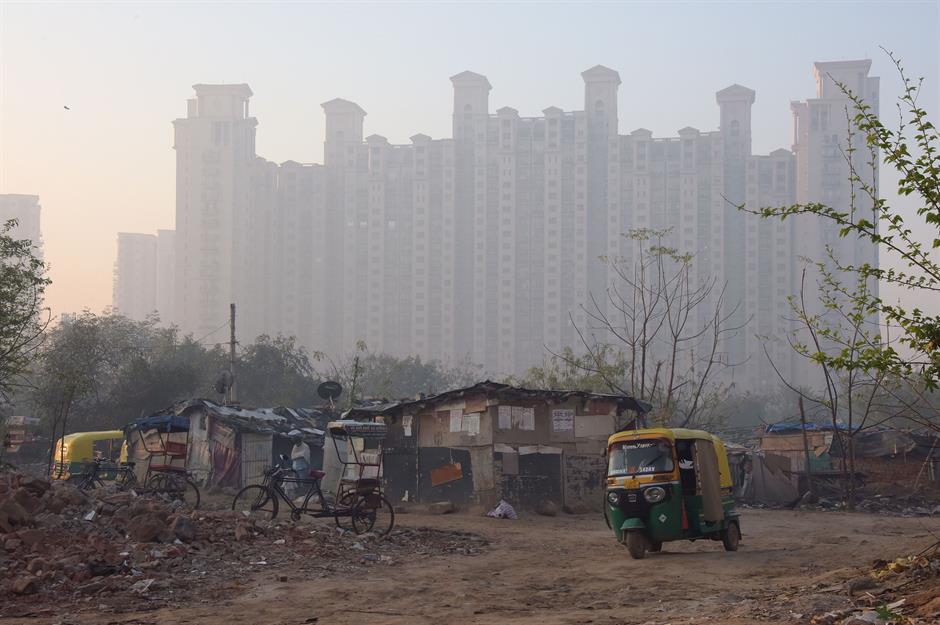
With an ever-present layer of toxic smog hanging over its skyline, Gurugram (which lies within the National Capital Territory of Delhi) is not the most desirable place to live.
In 2018, the suburb was named the world's most polluted city, according to Greenpeace and AirVisual. Then in 2023, the Indian capital topped a real-time list for the same title, compiled by Swiss Group IQAir, Reuters reported.
Gurugram, Delhi, India

Renowned as one of India's tech hubs, Gurugram is home to a number of international firms, including TripAdvisor and Uber. The developing city is full of new construction, a major source of dust that has created high levels of air pollution.
The issue isn't helped by seasonal lower temperatures and a lack of wind, as well as a poor public transport system, resulting in more residents regularly using their cars.
Gurugram, Delhi, India
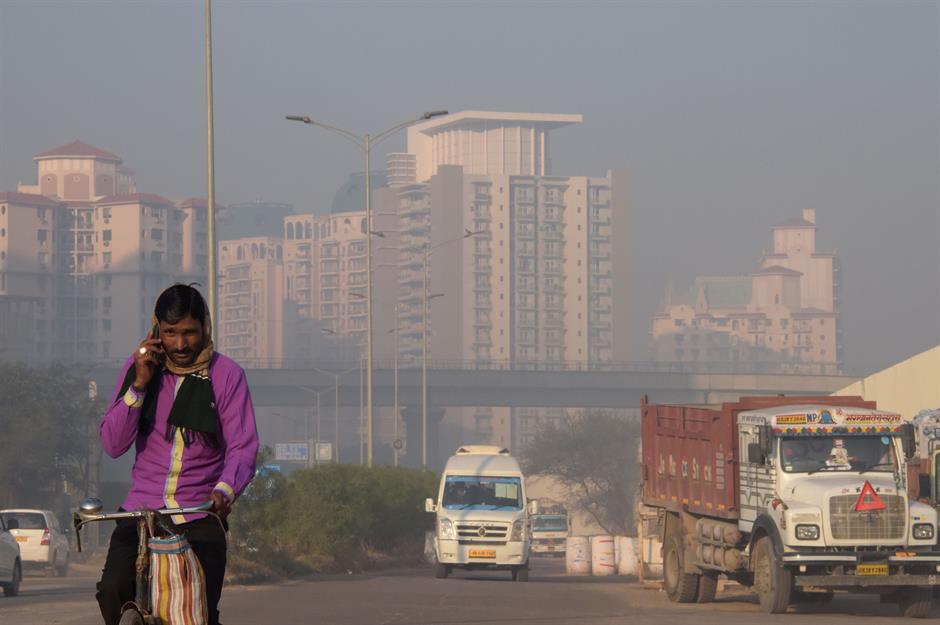
In October 2018, the Haryana State Pollution Control Board issued a five-point agenda to combat air pollution, which included sprinkling water on roads, tackling traffic congestion and providing electric heaters to outdoor security guards in the winter, to stop the burning of firewood.
Nonetheless, levels have increased and schools were closed for around two weeks in November 2023 due to pollution. Unsurprisingly, those in the slums and streets of Gurugram are the most vulnerable, as they spend the majority of their time outside, unable to escape the toxic smog.
Residents complain of irritation in the eyes and itchy throats, while more serious conditions include neurological, cardiovascular and respiratory diseases and increased mortality rates.
Gurugram, Delhi, India
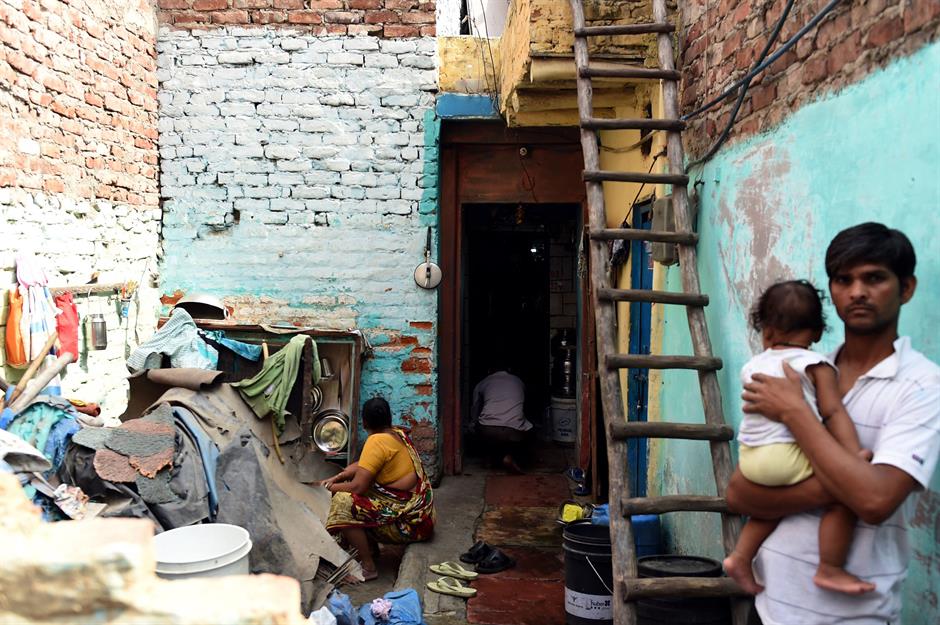
In neighbouring New Dehli, which has also been named the most polluted capital city in the world, the government previously placed a temporary ban on construction activities and waste-burning, as well as increasing parking charges to dissuade people from driving into the city.
Gurugram's wealthy can purchase expensive air purifiers and hire clean air consultants, who will come and pollution-proof their luxury homes. Meanwhile, the poor are left to breathe the potentially fatal air quality outside, driving a new kind of inequality, say experts. Even the cheaper air purifier models, which sell for around £55 ($72), are out of reach for most of India’s nearly 1.3 billion people, who are thought to live on less than £2.40 ($3.10) a day.
Longyearbyen, Svalbard, Norway
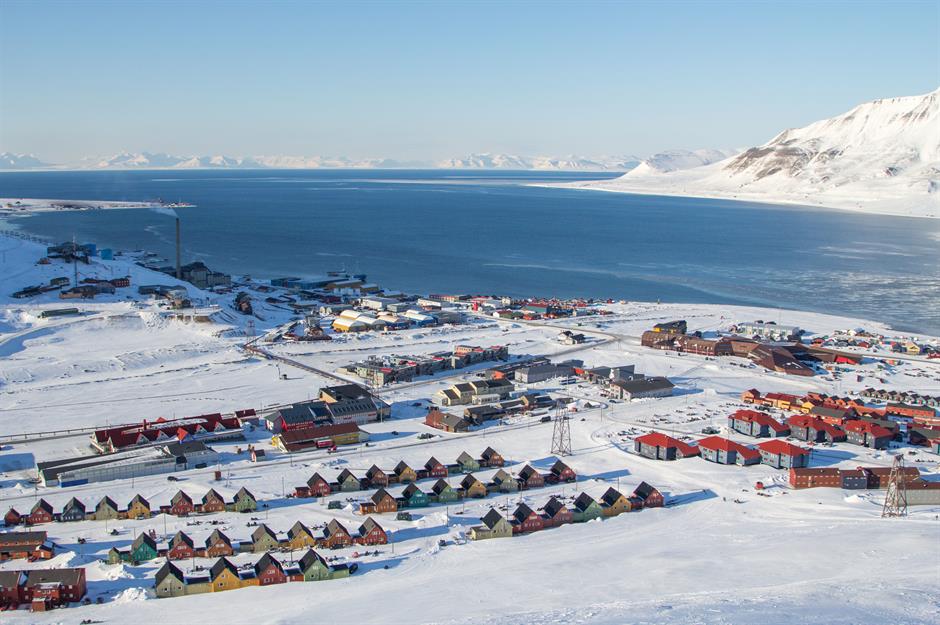
Located in Svalbard, a group of islands in Norway, Longyearbyen is a small former coal-mining town known for its colourful homes and spectacular views of the Northern Lights.
With a striking landscape of snow-topped mountain peaks, long stretches of ice and glittering glaciers, it's the northernmost settlement on Earth that's populated all year round.
Longyearbyen, Svalbard, Norway
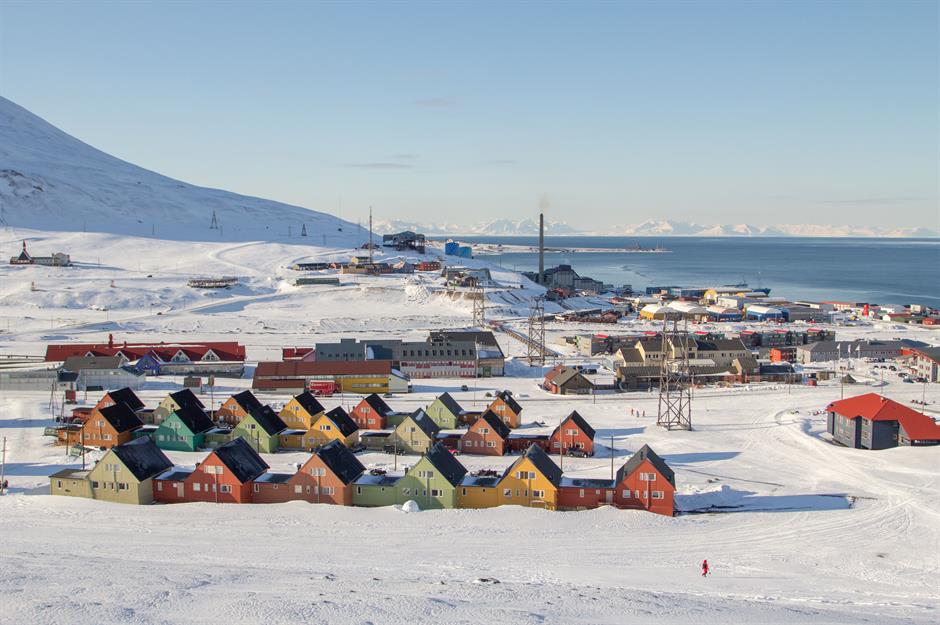
Nestled just north of the Arctic Circle, this remote outpost experiences the natural phenomenon of the midnight sun in the summer months and a 24-hour polar night in the winter.
It has a human population of just over 2,897. However, it's the sizeable number of polar bears that draws visitors from all over the world, as well as its reindeer.
Longyearbyen, Svalbard, Norway
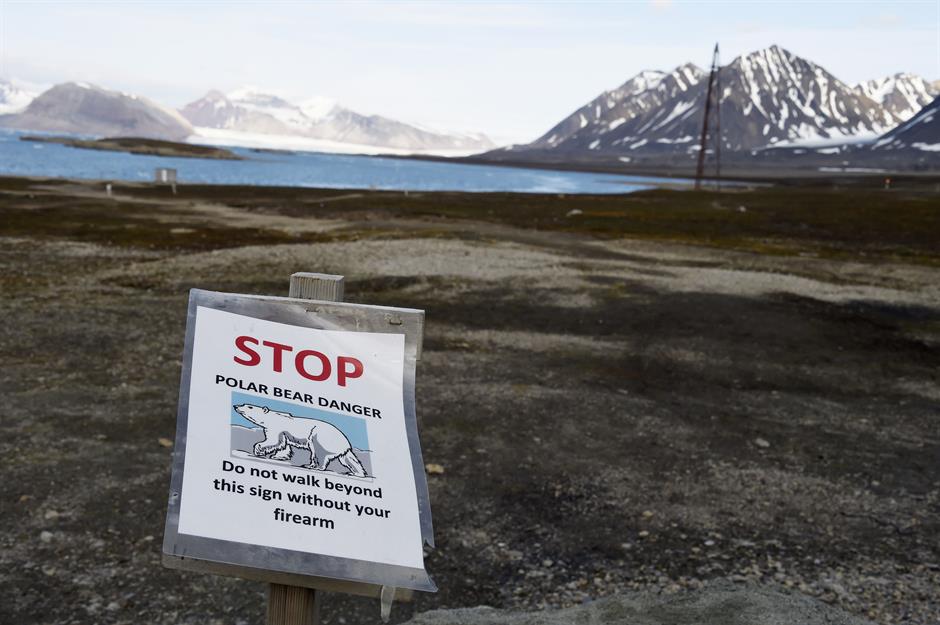
With freezing conditions and inquisitive local wildlife, living in Longyearbyen can be challenging. Locals are taught to avoid confrontations with the roaming polar bears by staying on high alert, retreating calmly and carrying high-powered game rifles.
The climate in Longyearbyen and the surrounding islands is harsh, with an average daily high of just 4°C (39.2°F) from June to September and temperatures as low as -16°C (3.2°F) from November to April.
Longyearbyen, Svalbard, Norway
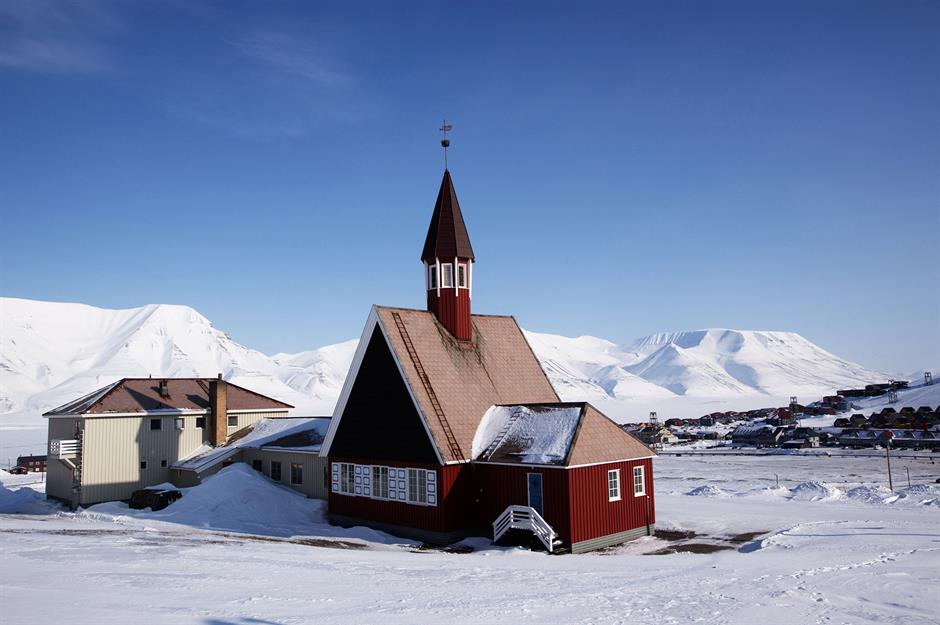
However, this hasn't kept the tourists away and a boom in visitors has enabled the area to move its economy away from coal mining, which was halted in 2016, to tourism. Many locals now rent out their homes or cabins on Airbnb, or run polar bear tours and expedition cruises in the summer.
Permanent residence in Longyearbyen is not for the faint-hearted, however. There is a constant danger of avalanches in the summer and the limited road network means locals have to get around on snowmobiles.
Then there’s the small detail of death. Dying was made illegal in Longyearbyen in 1950 because extreme temperatures make burial impossible. Residents have to fly to the mainland for their final days if they are terminally ill and if an unexpected death occurs, they must be transported off the island for burial.
Catania, Sicily, Italy
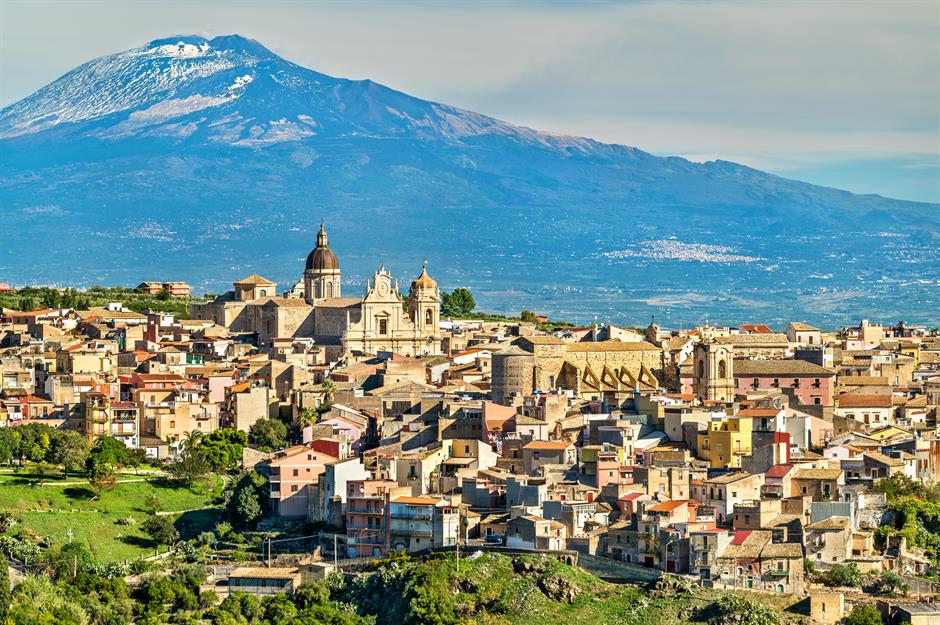
Catania is an ancient port perched on Sicily's east coast. Home to centuries-old homes, this picturesque Italian city sits at the foot of Mount Etna, Europe's tallest and most active volcano.
After a devastating eruption in 1669, most of Catania was destroyed and more than 20,000 of its citizens were killed. Gradually, Catania was rebuilt and is now known around the world for its grand Baroque architecture.
Catania, Sicily, Italy
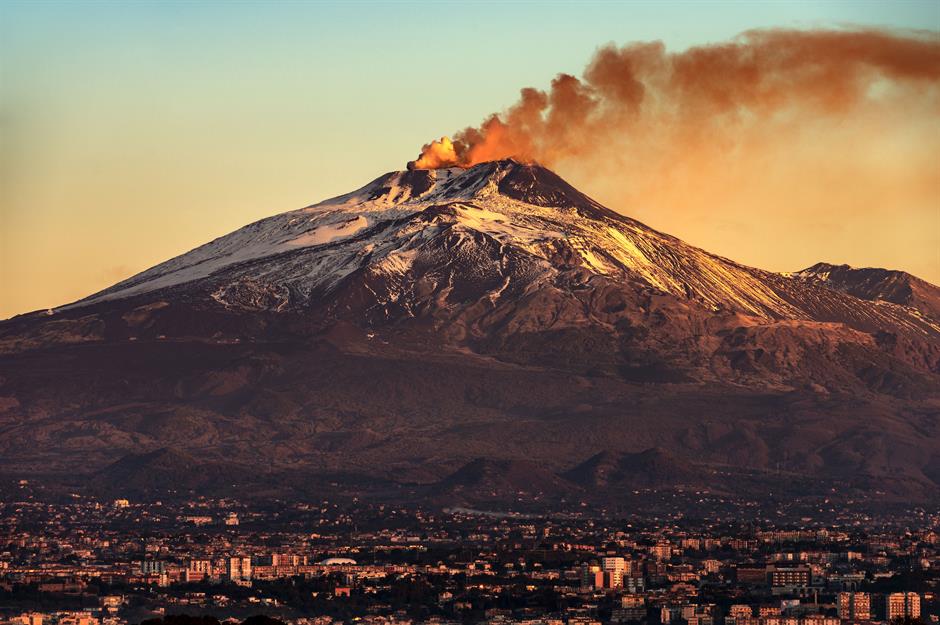
The 11,165-foot (3,403m) tall volcano, whose height is constantly changing due to eruptive activity and the collapse of its crater rims, has erupted frequently over the past 2,700 years and, in more recent times, officials have taken steps to try and protect the residents of Catania.
When Etna erupted in 1993, Italian officials managed to save the town of Zafferana Etnea, diverting lava streams around the town through the use of barriers and trenches.
Catania, Sicily, Italy
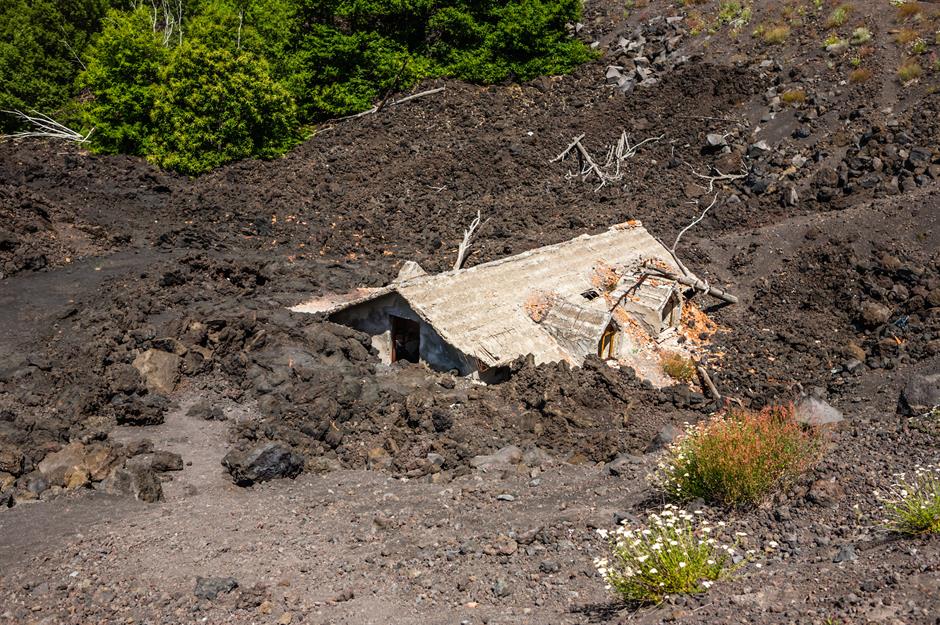
One of the more recent major volcanic events took place on 26 December 2018. Ash and lava were spewed into the sky, triggering a huge 4.8-magnitude earthquake. The tremor injured 28 people and caused buildings and monuments around the city, which is home to around 588,000 residents, to crumble.
The eruption and earthquake in 2018 left around 400 people homeless and many properties uninhabitable. Mount Etna later erupted in May 2019, but thankfully it did not endanger the people of Catania, as the lava spewed upwards from the summit.
Catania, Sicily, Italy
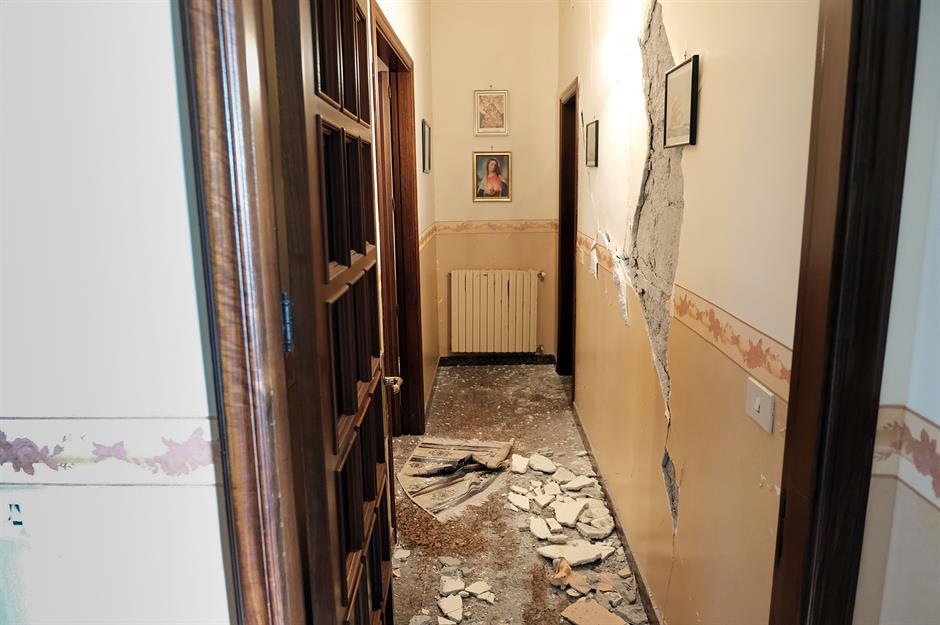
An eruption in 2021 lasted several weeks but caused no injuries, while in 2023, there were two eruptions in May and November, which forced ash into the atmosphere, but did not particularly impact the city. However, the volcano did produce some rather spectacular displays of lava being sprayed into the night sky.
More recently, in August 2024, an eruption of Mount Etna threw ash and lava gases into the air, forcing nearby Catania airport to close down and cancel all flights.
Ghadames, Nalut, Libya
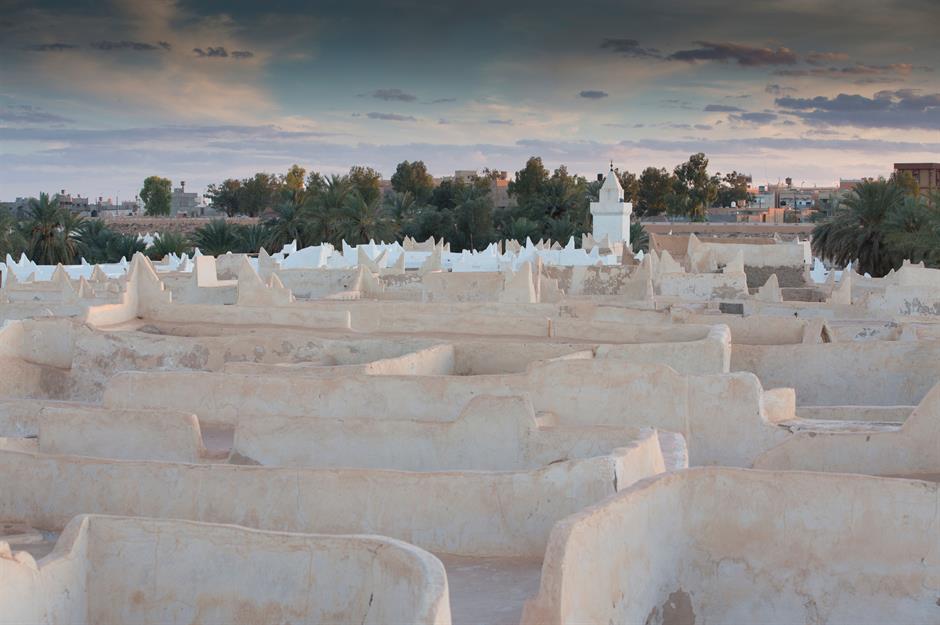
An ancient Berber city, Ghadames is located in the Libyan desert. With virtually no rainfall all year long, it's prone to extremely hot summers, with the highest recorded temperature of 49°C (121°F).
Also known as the 'Pearl of the Desert', it's packed with alleyways that have been clad in heat-reflecting white plaster, to shield locals from the boiling sun.
Ghadames, Nalut, Libya
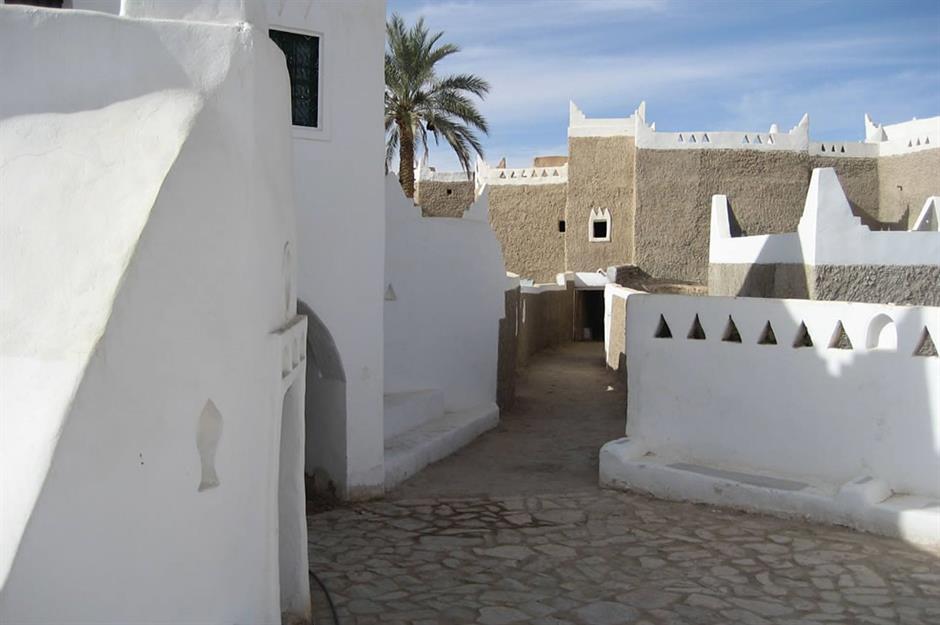
Designed to survive the challenging conditions, the houses in the town cluster together to form a rough circle, with the outer walls of the homes located on the city's perimeter thickened to create a fortified settlement.
While a Roman garrison was located here from 19 BC, the structures that we see today are from the 13th to 16th centuries.
Ghadames, Nalut, Libya
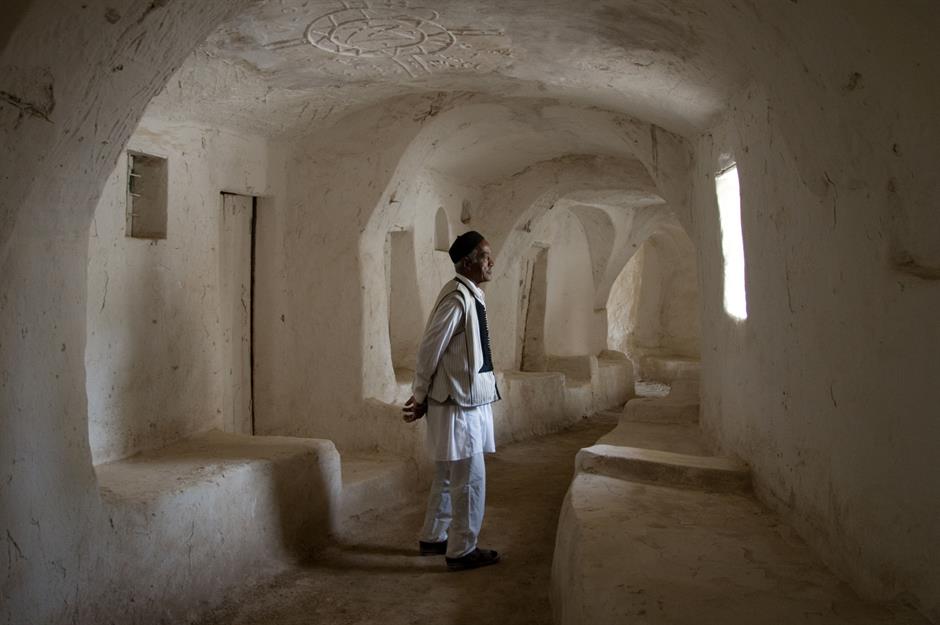
The architectural style of these houses sets Ghadames apart from the other surrounding pre-Saharan cities. A UNESCO World Heritage Site, the town's iconic mud and lime huts help to protect the residents from the intense heat.
Remarkably, the old town is almost completely covered, except for small ventilation holes in the mud.
Ghadames, Nalut, Libya
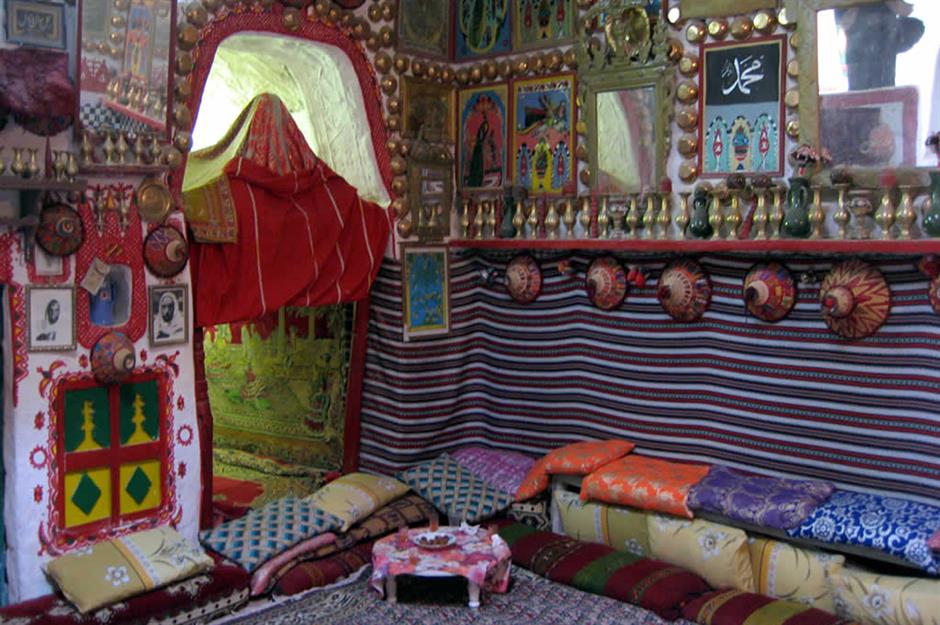
Inside, the historic homes have a minimum of two floors, with one used for storing goods and the other for family living.
The rooftops themselves not only protect the residents from the scorching sun but function as a second city, with walkways that make it easy to move from one house to another.
Ittoqqortoormiit, Greenland

The small town of Ittoqqortoormiit, on the east coast of Greenland, is the most remote inhabited community in the western hemisphere. More than 500 miles (805km) from the nearest town, there’s no airport or road access and the only way in for nine months of the year is by helicopter.
Sandwiched between the largest national park and the longest fjord system in the world, the setting of this tiny outpost is breathtaking.
Ittoqqortoormiit, Greenland
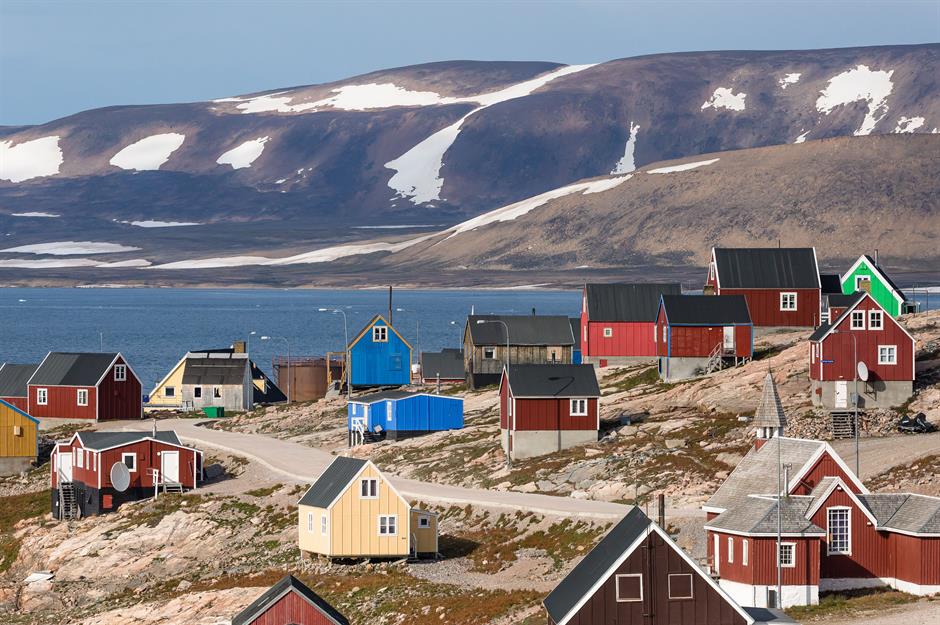
Its close-knit community (around 345 people) lives in a scattering of small wooden buildings, painted in bright shades of blue, red, yellow and green and perched on a coastal bluff of pink and grey gneiss, which is among the oldest rocks on earth.
A ship comes twice a year to replenish supplies, including food, but life is undoubtedly tough. For around nine months of the year, sea ice blocks the town's access to civilisation, meaning hunting and fishing are the only ways the residents can survive.
Ittoqqortoormiit, Greenland

In recent years, however, fluctuations in climate mean the ice is freezing later and melting earlier, spelling disaster for those living here. As the region's ice sheets melt, locals are reported to be anxious about the future of their water supplies, with the ice thought to be holding one 12th of the world's fresh water, enough to raise sea levels by 23 feet (7m), if they were to melt.
This news is particularly concerning for the area's Inuit hunting communities, who rely solely on nature's resources to survive. Plus, as the ice weakens, traditional seal hunting techniques have become progressively more difficult and dangerous for the indigenous hunters, with some falling through the ice during their day-to-day activities.
Ittoqqortoormiit, Greenland
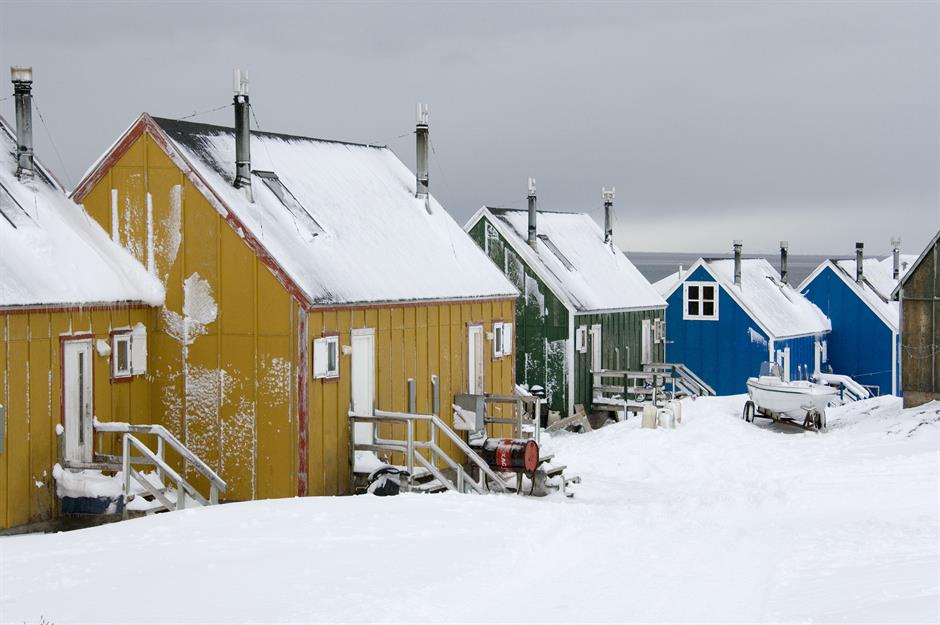
Declining sea ice in the region has also brought polar bears closer to the communities, unable to catch seals on the disappearing ice and drawn to Ittoqqortoormiit by the smells of the settlement. These huge predators pose a real danger to Ittoqqortoormiit's inhabitants and while most residents must carry a gun as a precaution, they are encouraged to only scare them away.
According to WWF, by 2050 global polar bear numbers may decline by 30%. And the population of Ittoqqortoormiit will continue to dwindle as people struggle to find alternative work and are forced to leave their homes. This is a community on the frontline of climate change and could well be the world's loneliest place.
Lagos, Nigeria
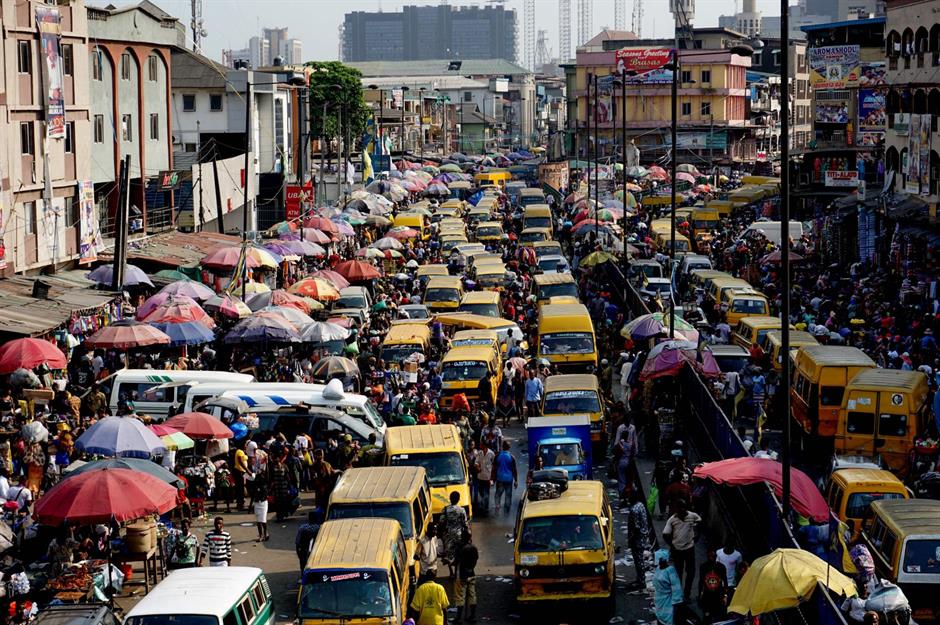
One of the most densely populated cities on the planet, according to reports, Lagos is also one of the worst places to live in the world.
More populous than London, New York and Beijing, nobody knows exactly how many people live in the Nigerian city. World Population Review estimates 16.5 million, while other sources suggest it’s nearer 23.3 million. What is clear is that it’s growing at an alarming rate!
Lagos, Nigeria
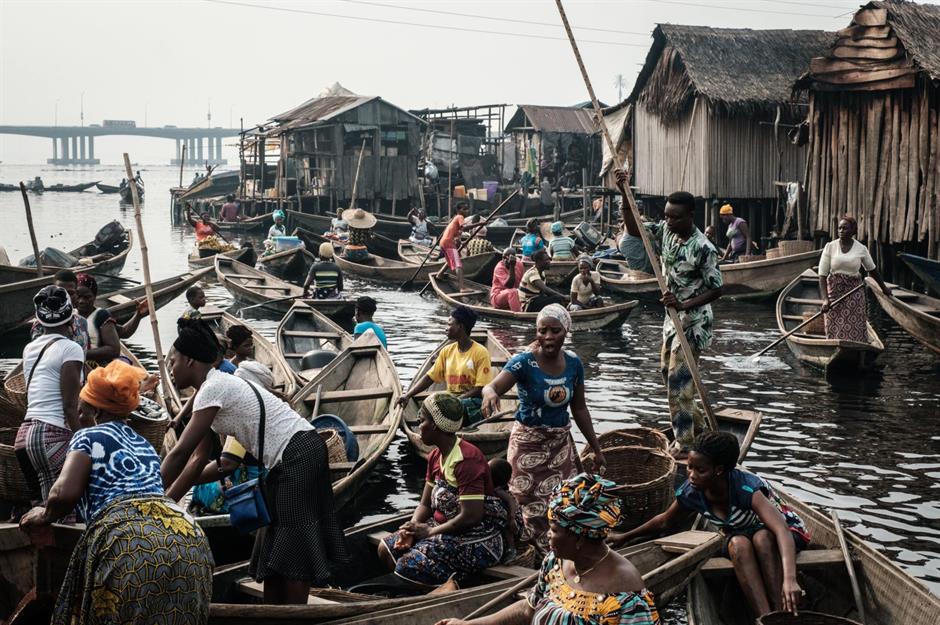
According to a report by the World Bank, over 70% of Lagos residents live in informal settlements, lacking access to services like clean water and sanitation.
The community of Makoko, the so-called ‘Venice of Slums’, began in the 19th century as a fishing village, but has grown into a sprawling slum of 300,000 people. However, the Chief of the village believes the population is far higher at approximately 500,000. The residents live in stilted homes atop a polluted lagoon, where they work, go to school and ferry goods via boat to and from the mainland.
Lagos, Nigeria
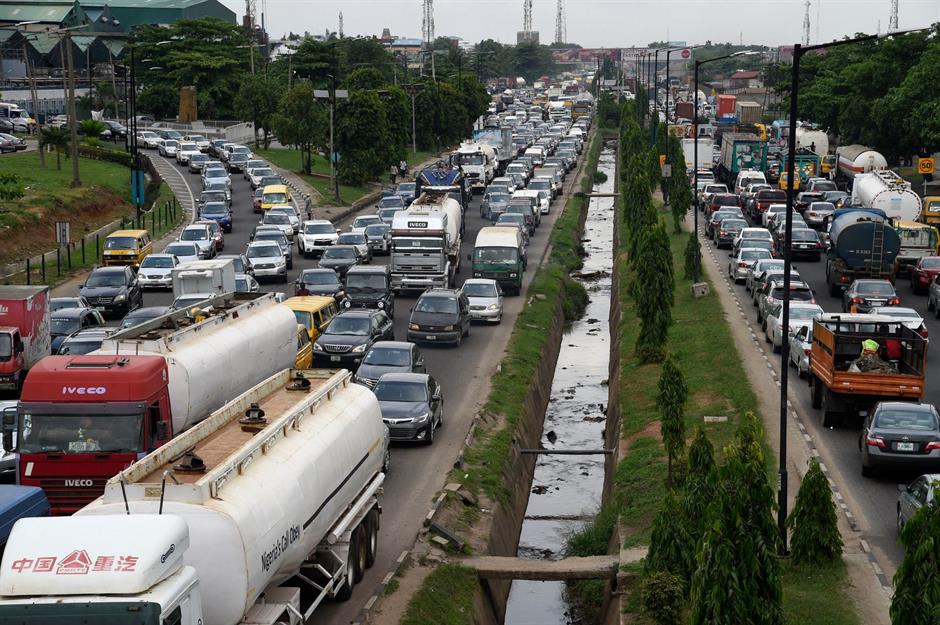
As well as overcrowding, the city’s low ranking in desirability is due to poor infrastructure and pervasive corruption. Despite being known as Africa’s leading start-up hub and Nigeria’s largest commercial centre, everyday life is a constant struggle thanks to poor education and healthcare.
Plus, in 2023, it was named the most congested city in the world, with the longest commute time and five million vehicles plying its roads daily, suggests further insights.
Lagos, Nigeria
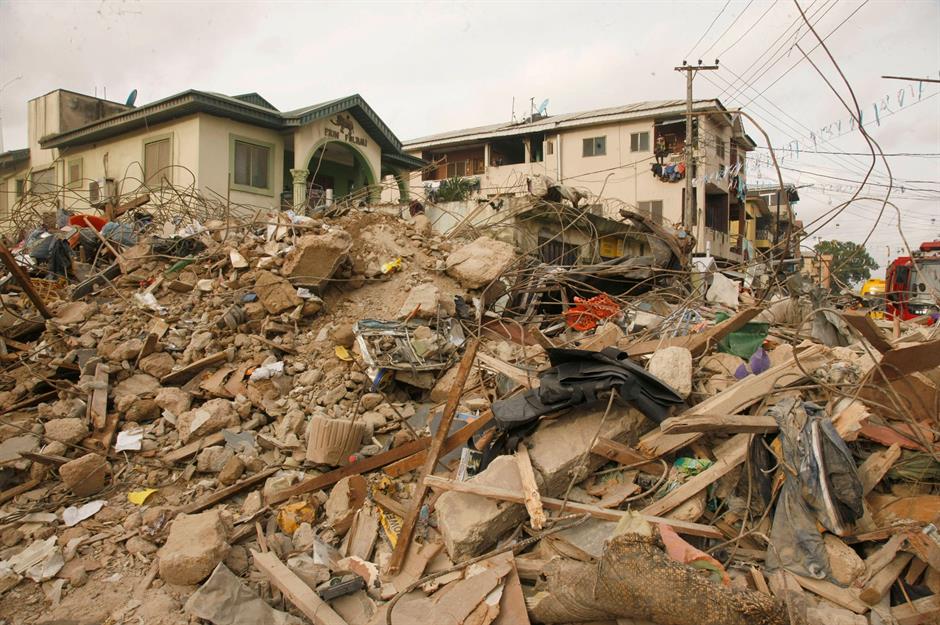
By 2050, Nigeria will have twice the population it has today and will overtake the US to become the world’s third most populated country, behind China and India, reports the BBC. Every week thousands of people from the country’s rural areas arrive in Lagos looking for work and a place to live.
City planners are starting to look skywards and are building tower blocks and reclaiming land from the sea for ambitious new developments, to fuel the economy and hopefully solve its chronic overcrowding problems. However, local building contractors have been accused of cutting corners during the rush to create more homes, with a building collapsing once every two weeks, on average, in the city in 2024.
Lagos has seen at least 90 buildings falling down in the last 12 years, leaving more than 350 people dead, according to the Council for the Regulation of Engineering in Nigeria.
Port Moresby, Papua New Guinea
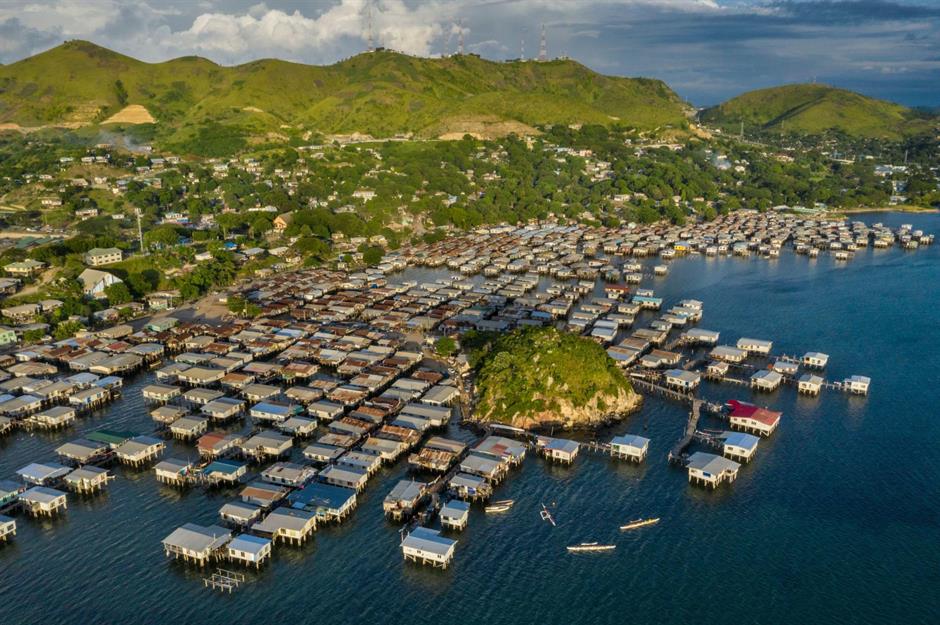
It may look like a tropical paradise from on high, but Port Moresby and its famous stilt villages can be dangerous, no-go areas.
Outbreaks of tribal fighting are common across Papua New Guinea, including tourist neighbourhoods, according to official UK Foreign Office guidelines, and visitors are advised to travel with guides from trusted travel companies.
Port Moresby, Papua New Guinea
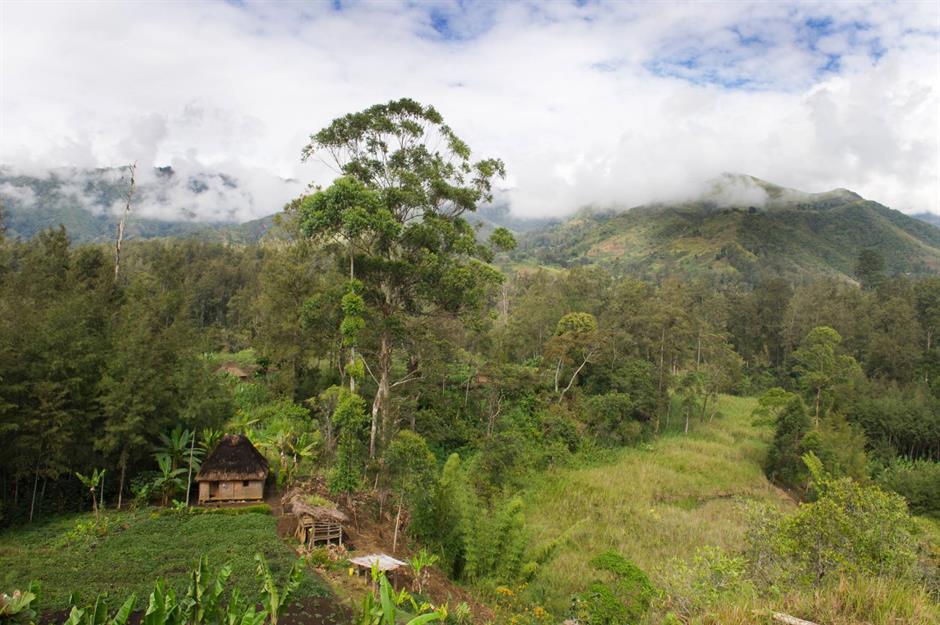
The issue of tribal violence attracted international attention in 2023 when up to 150 people in the Highlands of Papua New Guinea were killed in clashes that were put down to a bushfire getting out of control, according to the British newspaper, The Guardian.
The conflict is thought to be a result of a weakening of the rule of law and a less effective judicial system, which has seen local tribes and gangs resolving disputes on the battlefield.
Port Moresby, Papua New Guinea

Today’s reputation for tribal violence and criminal theft, however, is a far cry from the beginnings of Hanuabada (Great Village) stilt village, which is located on the northern side of Port Moresby harbour. It has retained much of its traditional and conservative Motu culture, according to Indopacificimages.
The Motu were known as friendly, sea-going people, whose original stilt houses were constructed from wood with thatched roofs.
Port Moresby, Papua New Guinea
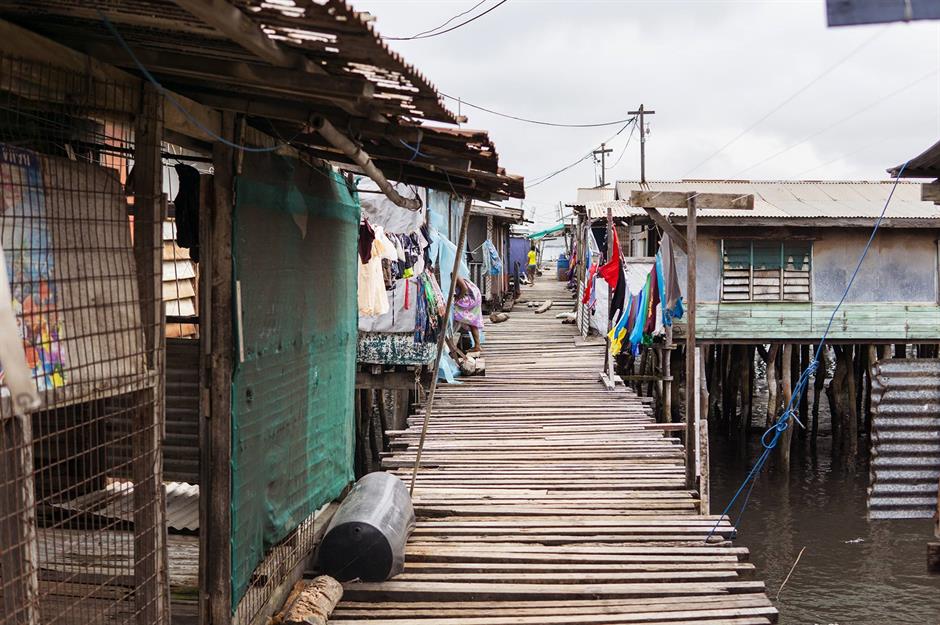
The original structures were destroyed during the Second World War and replaced by modern materials, which have sadly now fallen into disrepair and given the village its slum-like look.
Hanuabada is perceived as a dangerous place to live, but many of its problems are due to poverty and a lack of clean water and sanitation, which leaves its inhabitants vulnerable to disease and malnutrition.
Caracas, Venezuela
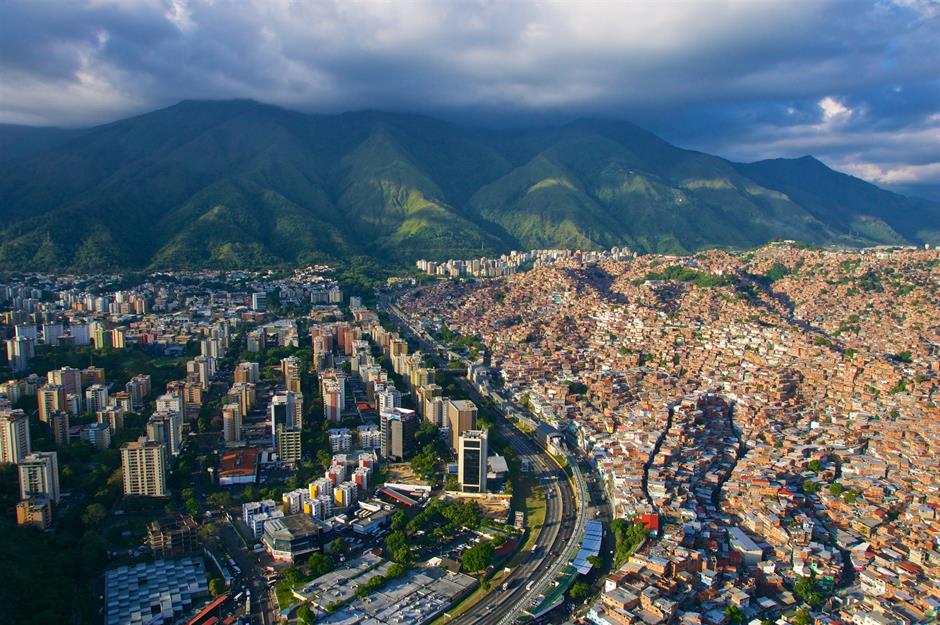
Nestled in a stunning mountain valley and with a gorgeous coastline along the Caribbean Sea, the Venezuelan capital of Caracas is considered to be a commercial and cultural hub.
Looking at this image, you'd assume that the city attracted plenty of tourists, however, on Numbeo's 2024 Crime Index, it was named the most dangerous city in the world, with a crime index of 82.
Caracas, Venezuela
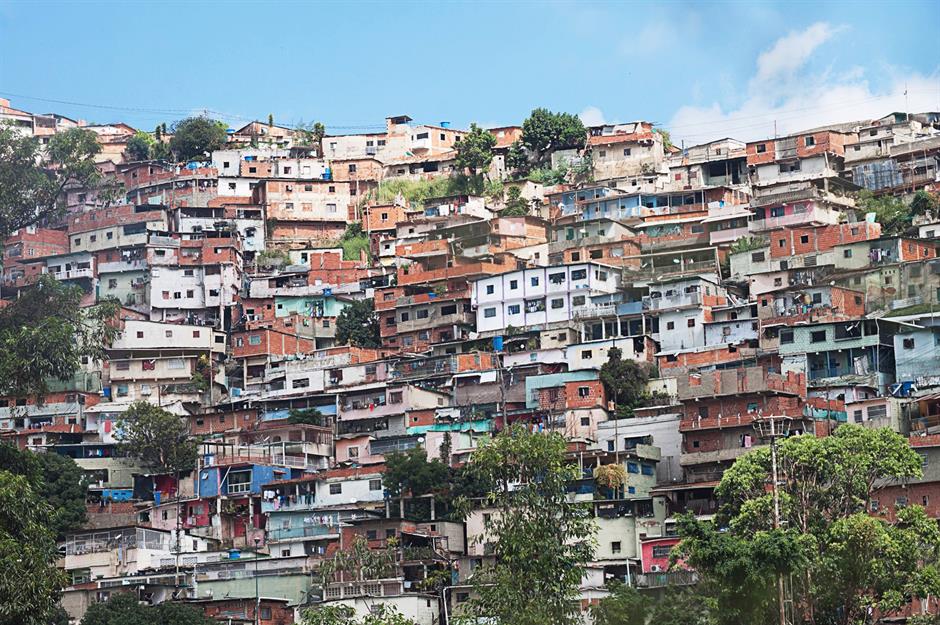
According to Britannica, chronic unemployment is a big issue in Caracas, which could be one of the main reasons why the city is seeing such high crime rates.
Economic disadvantage and social deprivation can quickly lead to locals turning to crime to make ends meet. Slums can be found across the city, but Petare is said to be one of Latin America’s biggest. Basic services, like electricity and water, are also often unreliable, contributing to poor living conditions.
Caracas, Venezuela
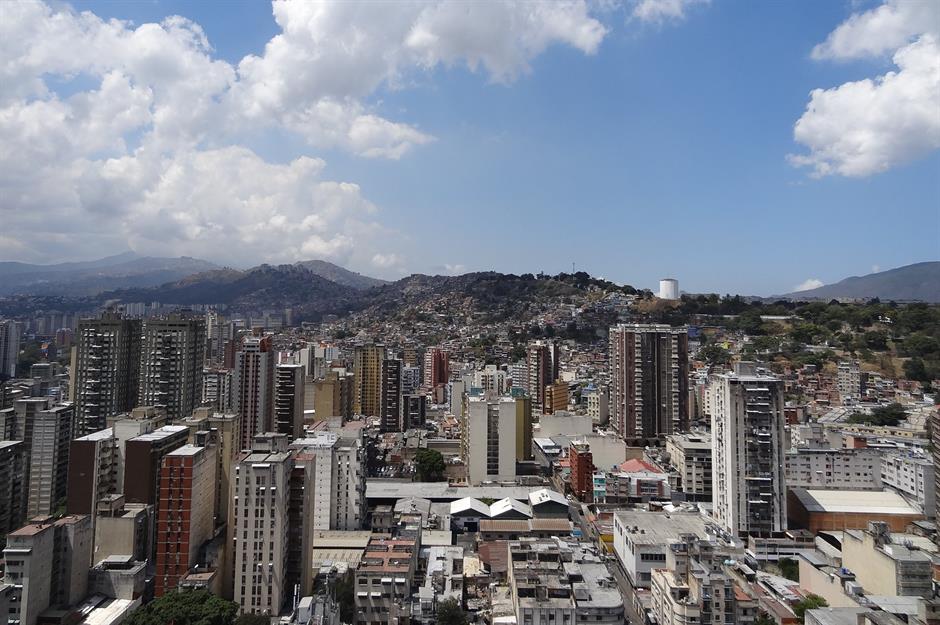
Caracas also has the highest murder rate of any capital city, has faced severe economic hardship and political instability since 2010, including rampant inflation and riots. According to US news site NBC News, approximately 90% of murders remain unsolved, contributing to dead bodies being left on the streets for locals and tourists to find.
For visitors, the risk of muggings and robbery is high, as are violent assault crimes. Therefore, tourists are advised to stay alert and avoid walking the streets alone at night.
Caracas, Venezuela

Every country's government has different advice about travelling to Caracas, or Venezuela as a whole, but the U.S. Department of State advises that Americans should avoid the country generally, "due to the high risk of wrongful detentions, terrorism, kidnapping, the arbitrary enforcement of local laws, crime, civil unrest and poor health infrastructure".
Despite this, you'll find many Airbnb properties for renting. Would you be brave enough to go?
Loved this? Take a sneak peek inside more unusual properties from around the world
Comments
Be the first to comment
Do you want to comment on this article? You need to be signed in for this feature